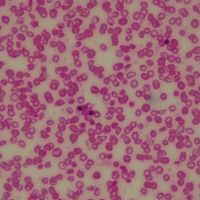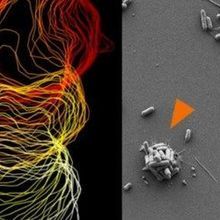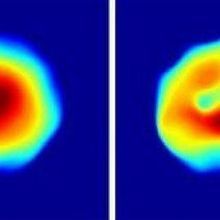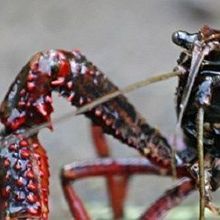blood cells

Advanced Spatial Tools Map Hematopoietic Stem Cell Niches
Niki Spahich, PhD | Jan 15, 2024 | 4 min read
New technologies and archival tissue biopsy samples enable exploration of changes in the bone marrow as people age.

Accelerating Immune Research with Cryopreserved Peripheral Blood Mononuclear Cells
The Scientist and MilliporeSigma | Jul 18, 2022 | 3 min read
Commerically-available peripheral blood mononuclear cells offer a well-characterized, accessible, and consistent model for immunology and therapeutic development.

Woman Seemingly Cured of HIV After Umbilical Cord Transplant
Natalia Mesa, PhD | Feb 16, 2022 | 3 min read
Umbilical cord blood may be a good alternative to bone marrow transplants for treating HIV in patients with HIV and cancer.

Walter Gratzer, Biophysical Chemist and Science Writer, Dies at 89
Chloe Tenn | Nov 23, 2021 | 2 min read
His career bridged impactful research in molecular biology and biochemistry with prolific science writing for academic and nonacademic audiences alike.

LabTalk Podcast - Hijacking Genes: Uncovering the Cause of Lineage Ambiguous Leukemia
The Scientist | Oct 28, 2021 | 1 min read
Chromosomal rearrangements reposition influential and often overlooked non-coding elements in the genome to hijack genes and cause cancer.

Red Blood Cells Activate Innate Immune System
Abby Olena, PhD | Oct 20, 2021 | 4 min read
Researchers link the ability of the cells to bind and present DNA from pathogens and cell death to anemia, which is common in COVID-19, and immune activation.

Defined Primary Cell Culture and Media
The Scientist Creative Services Team in collaboration with MilliporeSigma | Jul 29, 2021 | 3 min read
A new partnership opens the door for a source of highly purified human primary cells and defined cell culture media.

Multiomic Single-Cell Analysis Identifies a Unique Stem and Progenitor Population
The Scientist | Jul 14, 2020 | 2 min read
Margaret Nakamoto will introduce the BD Rhapsody™ Single-Cell Analysis System, and Ravi Majeti will discuss how he and his team used concurrent RNA and BD® AbSeq Antibody-oligo multiplexed surface marker analysis to improve HSPC clustering and characterize specific phenotypic states along unique hematopoietic differentiation trajectories.

Early Results Are Positive for Experimental CRISPR Therapies
Jef Akst | Nov 19, 2019 | 2 min read
Two clinical trial participants—one with β-thalassemia and one with sickle cell disease—appeared to benefit from the gene-editing treatments with minimal side effects, according to the companies.

In Our Blood: A Profile of Stuart Orkin
Anna Azvolinsky | Jul 15, 2019 | 9 min read
By unraveling the molecular underpinnings of inherited blood disorders, the Boston Children’s Hospital researcher has provided the basis for therapies now being tested for beta-thalassemia and sickle cell disease.

Charting Crescents, 1910
Sukanya Charuchandra | Oct 1, 2018 | 3 min read
James Herrick, a Chicago doctor, was the first to describe sickled red blood cells in a patient of African descent.

How Red Blood Cells Get Their Dimples
Ashley Yeager | Sep 1, 2018 | 3 min read
Myosin proteins tug on the cell membrane, giving an erythrocyte its distinct shape.

Infographic: Red Blood Cell Shape
Ashley Yeager | Sep 1, 2018 | 1 min read
What happens when myosin inside red blood cells can't do its job?

Image of the Day: Hunter Platelets
The Scientist and The Scientist Staff | Dec 19, 2017 | 1 min read
Researchers explore how blood platelets sweep bacteria into aggregate bundles at sites of infection to help phagocytic cells dispose of them.

Image of the Day: Malaria Hologram
The Scientist and The Scientist Staff | Nov 5, 2017 | 1 min read
Optical engineers have developed a portable field microscope that could aid the diagnosis of diseased cells.

Crayfish Blood Cells Make New Neurons
Jyoti Madhusoodanan | Aug 12, 2014 | 1 min read
Hemocytes can form neurons in adult crayfish, a study shows.
